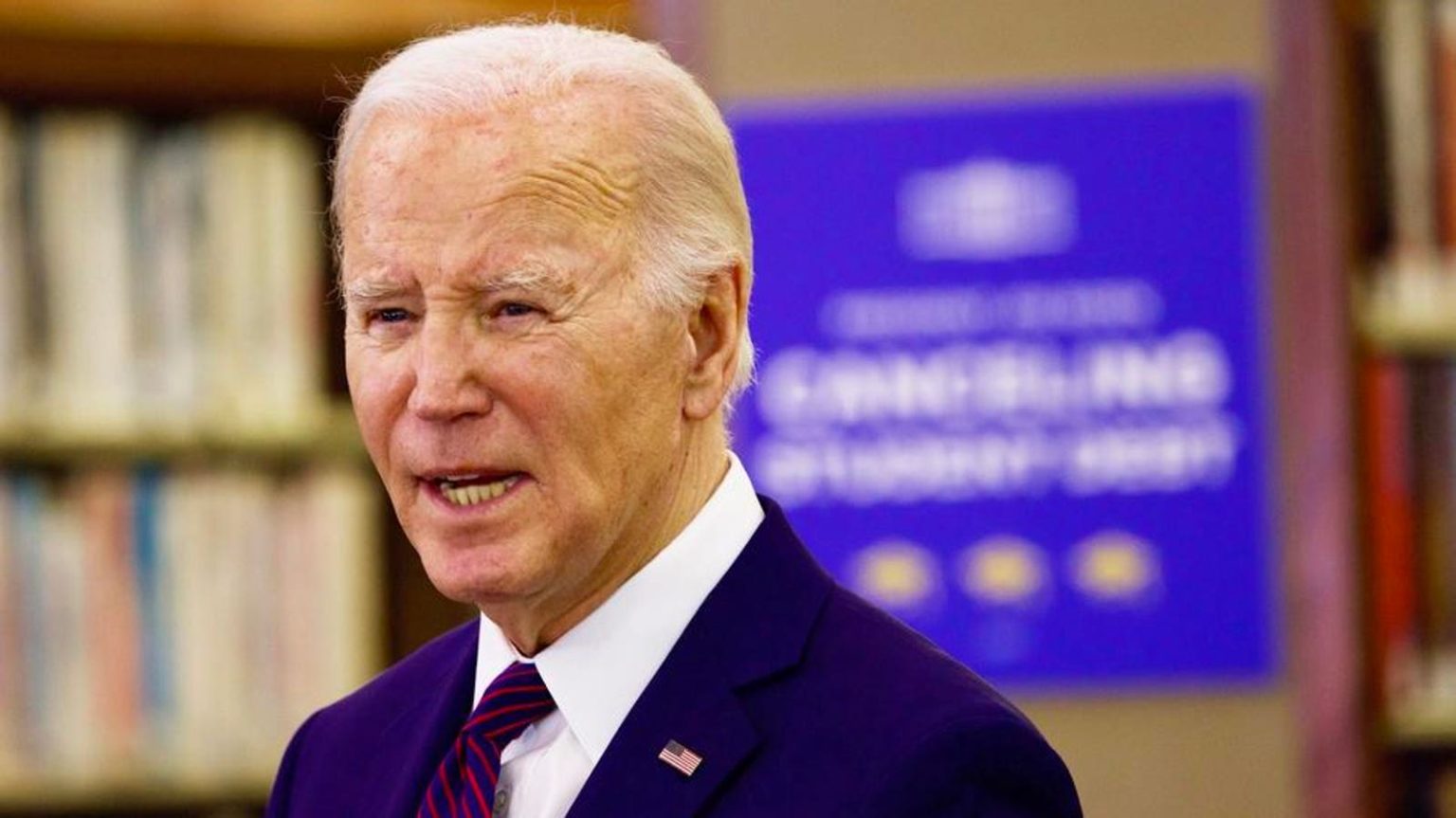The federal student loan landscape is currently in a state of significant uncertainty, with numerous forgiveness programs entangled in legal battles and administrative limbo. While borrowers can still pursue forgiveness, the feasibility of obtaining relief hinges on the specific program. Several initiatives face legal challenges, while others remain accessible, albeit with potential processing delays or indirect obstacles. This complex situation necessitates a careful understanding of each program’s status to effectively navigate the path to potential loan forgiveness.
One of the most prominent impacted programs is the Saving on a Valuable Education (SAVE) plan, the Biden administration’s flagship initiative designed to reduce monthly payments and pave the way for eventual forgiveness. Challenged in court by Republican-led states arguing that it exceeds Congressional intent, the SAVE plan is currently blocked by an injunction. This not only places enrolled borrowers in forbearance but also prevents the Education Department from approving any forgiveness under the program, raising significant doubts about its future viability. The legal arguments revolve around whether the original legislation authorizing income-driven repayment plans implicitly allows for eventual loan forgiveness.
Furthermore, the legal challenge to SAVE has had a ripple effect on other income-driven repayment (IDR) plans. While not directly targeted by the lawsuit, the Income-Contingent Repayment (ICR) and Pay-As-You-Earn (PAYE) plans face similar legal scrutiny due to shared statutory underpinnings with SAVE. The 8th Circuit Court of Appeals, which issued the SAVE injunction, has cast doubt on the legality of forgiveness under ICR and PAYE, arguing that the original legislation lacked explicit language authorizing loan discharge. This uncertainty has effectively halted forgiveness under these programs, leaving borrowers in a precarious situation. Despite the Biden administration’s argument that decades of regulations, promissory note language, and bipartisan guidance support forgiveness, the court’s stance leaves the future of these programs uncertain.
In contrast to the challenges facing SAVE, ICR, and PAYE, the Income-Based Repayment (IBR) plan remains unaffected by the ongoing litigation. Established through separate legislation, IBR’s loan forgiveness provisions after 20 or 25 years of repayment are not currently under legal challenge. The 8th Circuit has acknowledged the clear statutory basis for forgiveness under IBR, distinguishing it from the contested programs. This allows borrowers who meet the IBR requirements to continue pursuing forgiveness. Importantly, payments made under other IDR plans can also contribute towards IBR forgiveness, offering a potential pathway for borrowers impacted by the SAVE, ICR, and PAYE injunctions.
Similarly, the Public Service Loan Forgiveness (PSLF) program, designed for public sector employees, continues to operate unimpeded by legal challenges. Backed by distinct legislation explicitly authorizing loan discharge after 120 qualifying payments, PSLF remains a viable route to forgiveness. While some Republicans have advocated for changes or repeal, such alterations would necessitate Congressional action. However, indirect obstacles remain for PSLF applicants. The SAVE plan forbearance, for instance, does not count towards PSLF progress, halting the progress of many borrowers. Furthermore, significant processing delays plague those seeking to apply for or modify IDR plans, often a prerequisite for PSLF eligibility.
Beyond IDR and PSLF, other forgiveness avenues face distinct challenges. The Borrower Defense to Repayment program, intended to provide relief for students defrauded by their institutions, is facing delays and partial blockage. While the Biden administration has approved billions in discharges, thousands of eligible borrowers await relief, facing uncertainty about the timeline for receiving discharges. Further complicating matters, processing of new applications under the Borrower Defense program has been paused due to a legal challenge to recently enacted regulations. This legal battle has created a backlog and further delays for borrowers seeking redress for institutional misconduct.
While the legal battles and administrative hurdles continue, some forgiveness programs remain accessible. The Total and Permanent Disability (TPD) discharge program, which eliminates debt for borrowers with qualifying medical conditions, remains unaffected by ongoing litigation. The Education Department has already approved a substantial amount of TPD discharges, demonstrating the program’s continued operation. However, broader initiatives for mass student loan forgiveness face significant roadblocks. The Biden administration’s “Plan B,” aimed at providing relief for long-term borrowers and those affected by low-value institutions, has been blocked by a federal court. Another hardship-based forgiveness initiative, though not yet finalized, faces an uncertain future given the impending change in presidential administrations.
In summary, the current state of federal student loan forgiveness programs is a complex tapestry of legal challenges, administrative delays, and program-specific nuances. While IBR, PSLF, and TPD remain functional, the fate of SAVE, ICR, and PAYE hangs in the balance pending legal resolution. Borrowers seeking forgiveness must carefully navigate this intricate landscape, understanding the specific requirements and challenges associated with each program. Furthermore, the political climate and impending change in presidential administration add another layer of uncertainty to the future of these programs, underscoring the need for borrowers to stay informed and adapt their strategies accordingly.

